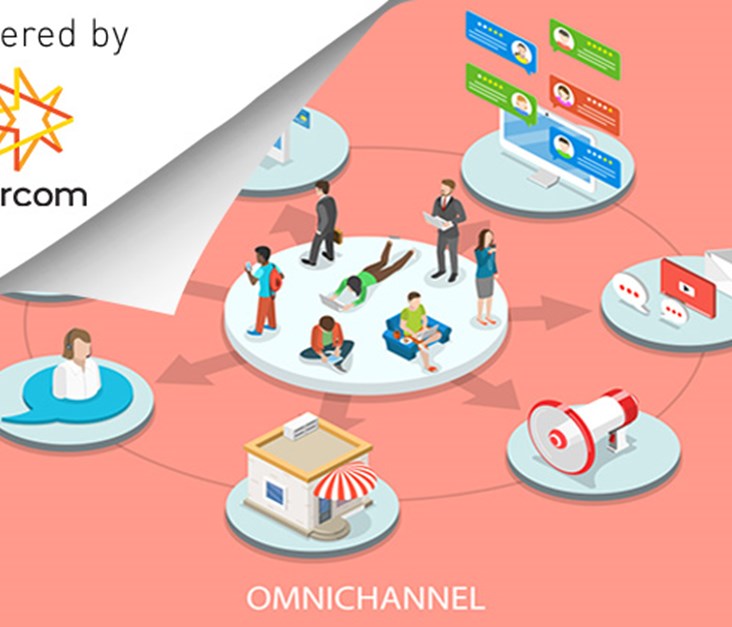Utilizing Information Overload to Drive Conversions
Back
With the ever-growing influence of the internet on users, one can’t help but wonder how different generations react to the content that’s being served to them. If you’ve ever heard the expression “attention span of a gold-fish”, then you’re probably a millennial. Recent studies have proven that as time increases and more content is served online, the average attention span decreases. While Baby Boomers would spend hours to read articles and dissect lectures and as Gen X-ers had thirty or so minutes to spare for some time online, millennials have the attention span of eight seconds! Where does the gold-fish fit into the equation? Well, a gold-fish has the attention span of nine seconds which technically means, and studies have proven, that we’re less attentive than gold-fish. By now, most readers have already skipped through to skim the text and get to the ending, but for those of you still around, salutations! It’s going to be good.
With the surge of the internet era, who isn’t tempted by social media? It’s become the trend of the century and for some, something they can’t function without. Who of us doesn’t scroll through Facebook or check Instagram early on? And who of us doesn’t activate instant alerts for news or chat with friends over messengers? These platforms have become a common part of our daily lives and marketers know that which means, they’ll abuse it. At first, marketers would release ads, like in a newspaper or on TV; it could be an infographic, a video, an article, anything, but can they still do this today? With such a hard-to-please audience, marketers are afraid of over-sharing and losing their audience which is where the golden rule of “over-sharing kills” comes from.
Now, marketers need to keep in mind that they’re no longer serving the same audience as twenty years ago; they’re serving fast-paced millennials who value their time over anything. After realizing their audience and narrowing it down, marketers should specialize content in a way that would captivate the user while also sending the message across. If we look back at Warren’s “Magic Bullet Theory”, we realize that not much has changed. The audience are still sitting ducks and the message is the bullet. What has changed is the speed of penetration and the mass of the information. Today, we are catering to an audience that would rather double tap an image instead of reading an article and an audience that hits exit on pop-up ads without even thinking. It’s the same audience that watches Vines instead of long videos and is easily bored with anything that takes up more than fifteen minutes of their time. All this drives us to think of ways to entice the users and not bore him.
To date, we’ve had the most influx of information meaning users are bombarded with information by the millisecond. This drives users to be more aware of what they want to see and what they want to repel, mainly, ads. Users know what marketers have to say but have better things to do thus, as a marketer, personalize your content. Don’t let your content get lost in the darkness of the web, make sure to give your user a personalized experience that will keep him coming for more. A good example would be AirBnB as they offer a different journey tailored to each user. This increases brand loyalty in an age where no such thing as online loyalty exists anymore. It also ensures that consumers will be coming back for more.
Let’s get one thing clear: Consumers today are ready to abandon their cart when they’re shopping online if they see too many ads or are asked too many questions. With that being said, the first step to avoid bombarding your users with information is to set a goal. Broadly speaking, as a marketer you want to get people to engage with your content, buy it or simply be aware of it. Choosing a goal is a relatively straightforward process that facilitates content sharing and allows you to better understand how you will portray your message to your user on the long run.
Once the goal is set, be creative. Many users now-a-days would much rather see a short-video or skim an infographic than read. This all relates back to the concept of how valuable millennials consider their time to be in an ever-changing, ever-growing and ever-progressing world. Don’t be afraid to think outside the box, even if competitors are playing it safe. There are unique features that can appeal to users including Snapchat and Snapchat ads, Instagram Stories and Instagram Story ads and Youtube ads. These have become a hit because they incorporate videos, images and sounds as opposed to regular search ads and last for few seconds. As well, Facebook also includes these features but who are we kidding, users these days are much more prone to checking Instagram than opening Facebook. The one thing that Facebook has that other platforms don’t is Canvas, a terrific way to incorporate different elements in a short ad.
Lastly, when marketing products, avoid personal opinions. There’s nothing users love more than sharing their opinions on current affairs and other interesting things they see online, but once you, as a marketer do it, you’re doomed. Why? Because users care what they think of your product, they don’t care what you think about it. Marketers need to keep in mind to write concise captions and ad copies, to portray the message in a clear tone that mirrors their personality and to avoid using complex lingo that the audience will not grasp, be it technical or lingo that reflects personal references.
To sum up, it’s imperative to be meticulous with the content that is being shared and how it is being shared to guarantee the best possible reach and engagement. It’s also worthy to note that due to changes in algorithms, it’s important to score well with users, otherwise, your content will be long lost in the world wide web! So, get to tailoring your content to be shorter, more fun and interactive today!
Latest Business
Intelligence Report














